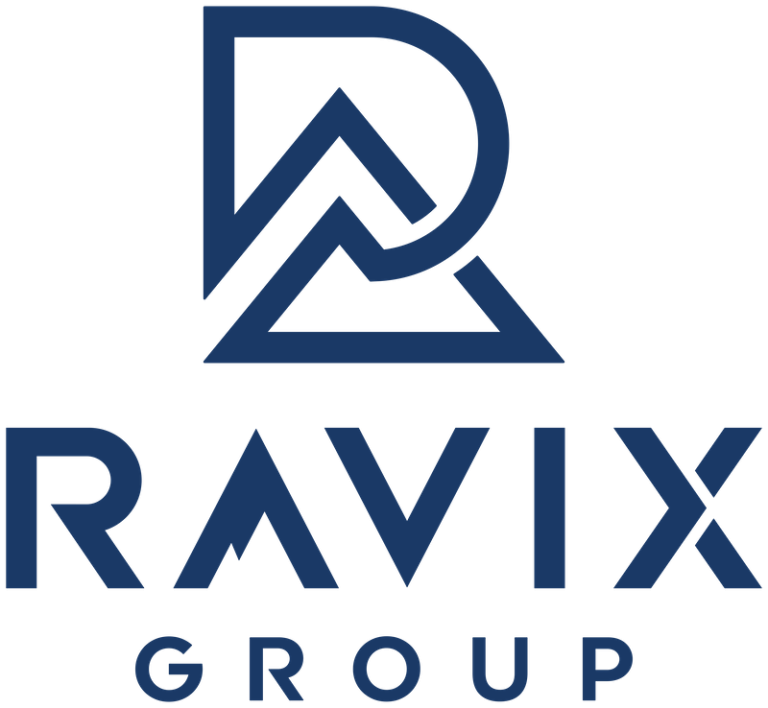You’ve built a great online game; users are signing up at record speed and they are buying your virtual currency with the cute name — the cash is rolling in. Everything is great, and your Board of Directors and stockholders love you! Life is good, until…
The Harsh Reality of Virtual Revenue Recognition
You’re in the middle of your first audit and the audit partner wants to talk about revenue recognition. The auditor has pointed questions:
- What is the virtual currency used for?
- Is it an item that can be used only once?
- Does it deteriorate or does it stay with the player throughout the life of the game?
Then, the auditor breaks the news to you. You need to restate all the revenue related to virtual currency reflected on your Profit and Loss Statement. You start to hear statements like “Enhancing the User Experience.” You’re baffled because you made the currency non-refundable and non-transferable. Isn’t that enough? The auditor says “No” and again talks about “Enhancing the User Experience.”
So, what do you do next?
Understanding the Nature and Value of Virtual Currency
Virtual currency is fake ‘money’ used to buy items in online games and worlds like Second Life and Mafia Wars. The game developer sells virtual currency in order to allow the users to purchase virtual goods — a sword, armor, or a plow — in the game they are playing. The user initially purchases a bank of virtual currency points, much like chips at a casino, and they are used as desired. They can buy more but not return them.
In analyzing the accounting technicalities of virtual currency, there are generally three different revenue models that auditors are talking about:
- Game-based – Under this scenario, the average life of the game would be determined, and the revenue would be recognized over the remaining life of the game.
- Item-based – Under this method, the revenue is recognized over the life of the virtual good purchased. Typically, virtual goods fall into two categories, consumable or durable.
- User-based – Under this method, the revenue is recognized over the average life of the user.
So which method should you use? A fractional accountant from Ravix Group can help you choose and implement the most advantageous virtual revenue classification.
The decision will depend on the characteristics of your virtual goods and the quality of your data related to tracking the virtual goods. Let’s take a look at each of the three methods in more detail.
What Is the Game-based Revenue Model?
The game-based revenue model will generally have the longest life and delay revenue recognition the longest. If your game has an expected life of three years, the revenue would be amortized over the three-year period.
Most likely your game will grow in popularity over the three-year period as more users start to play. This method generally only makes sense if the other two revenue models are not feasible due to lack of quality data.
What Is the Item-based Revenue Model?
The item-based revenue model is generally a good option if a large proportion of your virtual goods are consumable, such as promoting your profile for 10 days or purchasing virtual flowers for someone that only live for one week.
If the majority of your virtual goods stay with the player throughout the entire period that the game is played, then the average life of the durable item and the average user life will probably be the same. However, remember that this method requires the ability to track each of the virtual goods that are sold and the average time it takes to consume the items.
What Is the User-based Revenue Model?
The user-based revenue model bases revenue recognition on the average user life. As users come and go, this will typically be a shorter timeframe than the average game life and result in higher revenue in the early years of the game. The biggest issue with this method is that you have to calculate the average user life. This isn’t always an easy task.
How do you figure out the average life of the user? Initially the auditor suggests using the half-life. How long before half of your users churn off? The problem is that half of your users never return after their first login, so the half-life of your user is less than a day. That doesn’t make sense.
For one company, the solution was to use the second half-life, removing the impact of the first day effect. For instance, let’s say we have 100,000 users sign up in month one. At the end of month one there were approximately 50,000 users still active. The company then looked at how much time elapsed before the active users were down to 25,000. This is the timeframe used for the average life of the user.
Which Revenue Model Makes the Most Sense for Your Company?
As you look at which revenue model makes the most sense for your company, keep the following general guidelines in mind:
- The item-based method should result in the fastest revenue recognition because of the short shelf life of the virtual goods purchased. Yet, it is also the most complex to implement from a data mining perspective.
- The user-based method falls somewhere in the middle, requiring more data than the game-based method but is less data intense than the item-based method.
- The game-based method is the most conservative approach and requires the least amount of data mining. It is the method of choice when data quality is an issue.
Making the Final Decision
In the end, the method that makes the most sense for you depends on the characteristics of your virtual goods and the quality of your data. If you have a large portion of consumable items and good data quality, use the item-based method. If you have mostly durable goods, use the user-based model as it is easier to implement than the item-based model. If your data quality is questionable, your only option is probably the game base model.
Finding the Best Fractional Accounting Service
Like most unusual accounting issues, the Big Four audit firms disagree slightly on the methodology and the amount of diligence required by their respective clients. The most important thing you can do is document your data and have solid back-up support for the method used and how you calculated the timeframe.
To ensure that you set up your books appropriately, seek advice from a seasoned fractional CFO, or leverage outsourced controller services. At Ravix Group, we carefully document the needs of your company and match you with the right fractional accounting professionals to make sure you have all the backup you need for your auditors — and the IRS!
Do you have other questions regarding revenue recognition for virtual currency? Ravix Group provides outsourced accounting and CFO services to help you get it right the first time. Contact us at info@ravixgroup.com or give us a call (408) 216-0656 to set up a consultation.



